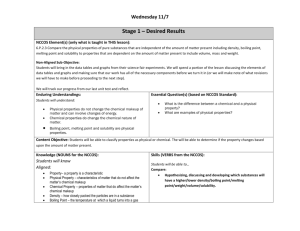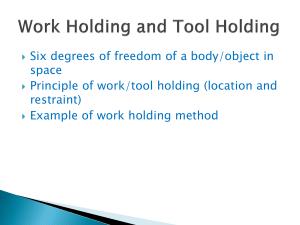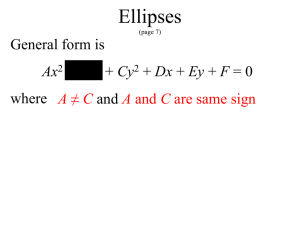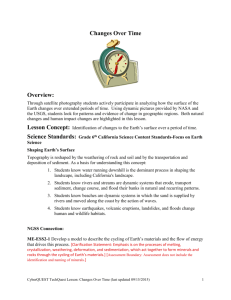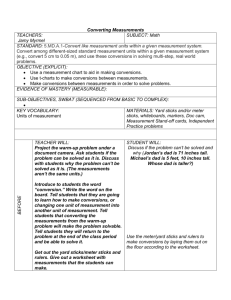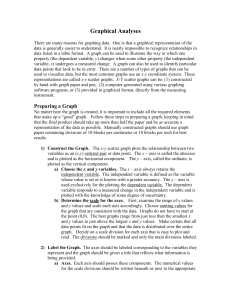How to Graph a Linear Equation in 5 Quick Steps
advertisement
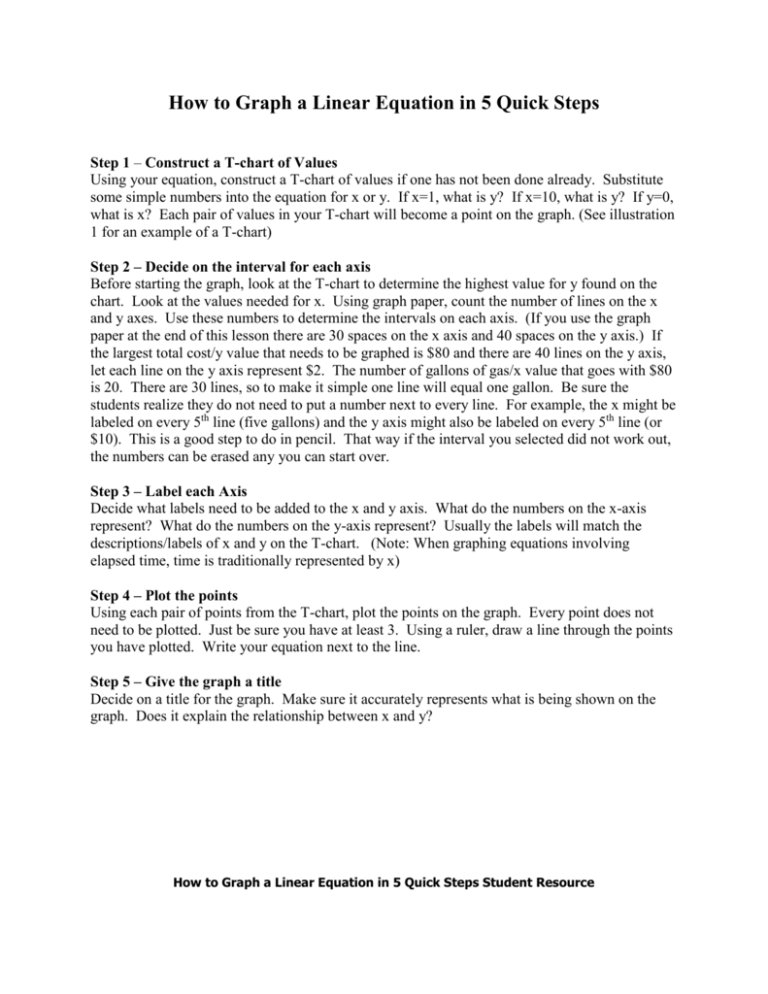
How to Graph a Linear Equation in 5 Quick Steps Step 1 – Construct a T-chart of Values Using your equation, construct a T-chart of values if one has not been done already. Substitute some simple numbers into the equation for x or y. If x=1, what is y? If x=10, what is y? If y=0, what is x? Each pair of values in your T-chart will become a point on the graph. (See illustration 1 for an example of a T-chart) Step 2 – Decide on the interval for each axis Before starting the graph, look at the T-chart to determine the highest value for y found on the chart. Look at the values needed for x. Using graph paper, count the number of lines on the x and y axes. Use these numbers to determine the intervals on each axis. (If you use the graph paper at the end of this lesson there are 30 spaces on the x axis and 40 spaces on the y axis.) If the largest total cost/y value that needs to be graphed is $80 and there are 40 lines on the y axis, let each line on the y axis represent $2. The number of gallons of gas/x value that goes with $80 is 20. There are 30 lines, so to make it simple one line will equal one gallon. Be sure the students realize they do not need to put a number next to every line. For example, the x might be labeled on every 5th line (five gallons) and the y axis might also be labeled on every 5th line (or $10). This is a good step to do in pencil. That way if the interval you selected did not work out, the numbers can be erased any you can start over. Step 3 – Label each Axis Decide what labels need to be added to the x and y axis. What do the numbers on the x-axis represent? What do the numbers on the y-axis represent? Usually the labels will match the descriptions/labels of x and y on the T-chart. (Note: When graphing equations involving elapsed time, time is traditionally represented by x) Step 4 – Plot the points Using each pair of points from the T-chart, plot the points on the graph. Every point does not need to be plotted. Just be sure you have at least 3. Using a ruler, draw a line through the points you have plotted. Write your equation next to the line. Step 5 – Give the graph a title Decide on a title for the graph. Make sure it accurately represents what is being shown on the graph. Does it explain the relationship between x and y? How to Graph a Linear Equation in 5 Quick Steps Student Resource


